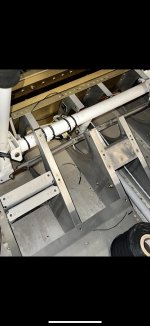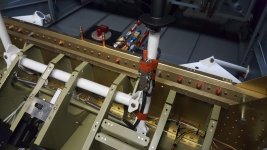Hi all, I had to pull my seat pans this weekend to fix a bad BNC and installed the springs/safety wire to my already installed aileron trim servo.
Nothing in OP19/instructions were super clear on the amount of pre-tesnsion so I put both springs in just slight tension when the sticks were neutral, but now think I may have under tensioned them, and they should have just a little tension when in their most "relaxed" position (stick deflected far left/right).
Curious to see others thoughts, or if anyone has a measurement of the lengths of safety wire they ended up with when all said and done or maybe even used a gauge to measure the tension.
Thanks in advance!
Nothing in OP19/instructions were super clear on the amount of pre-tesnsion so I put both springs in just slight tension when the sticks were neutral, but now think I may have under tensioned them, and they should have just a little tension when in their most "relaxed" position (stick deflected far left/right).
Curious to see others thoughts, or if anyone has a measurement of the lengths of safety wire they ended up with when all said and done or maybe even used a gauge to measure the tension.
Thanks in advance!






